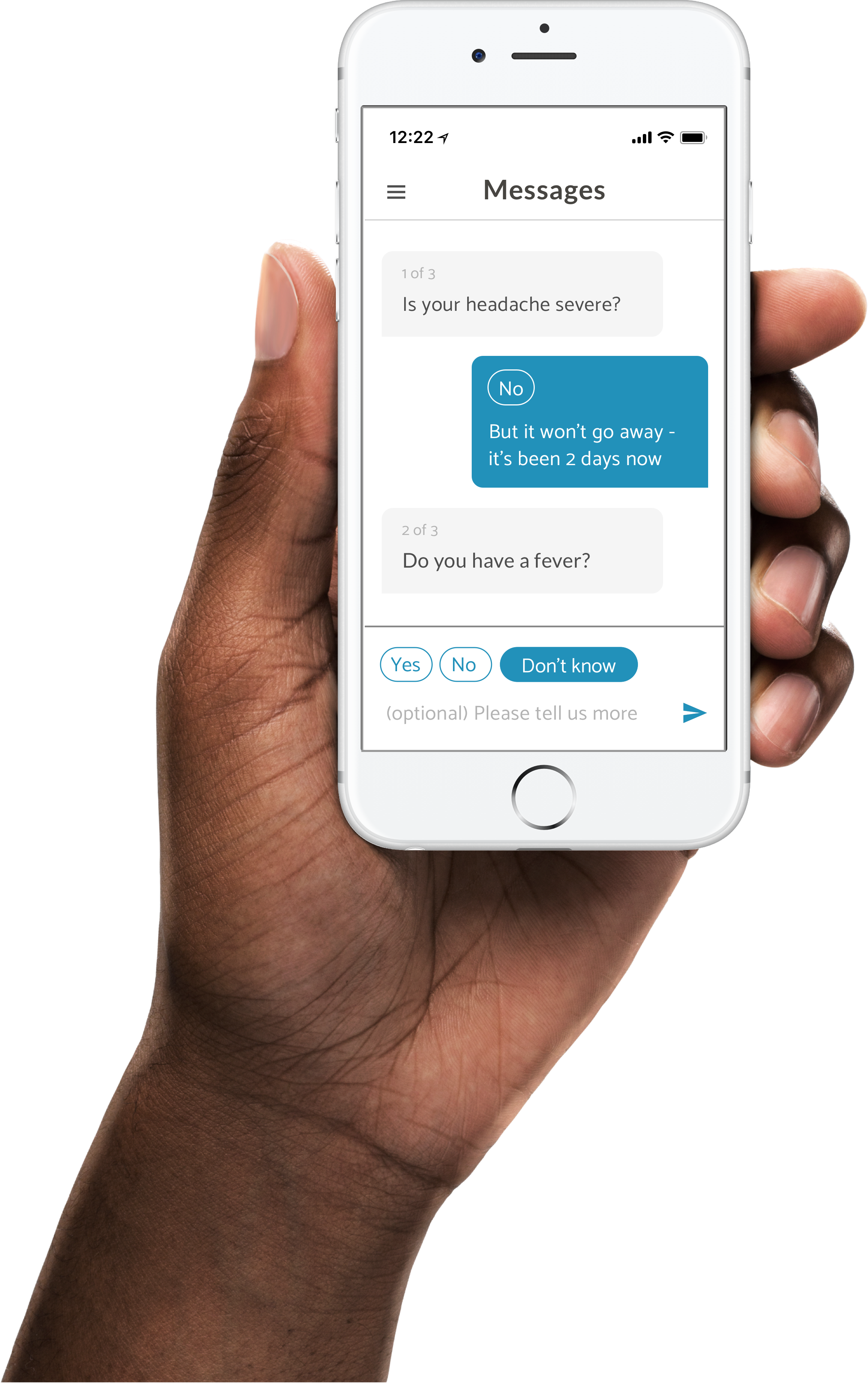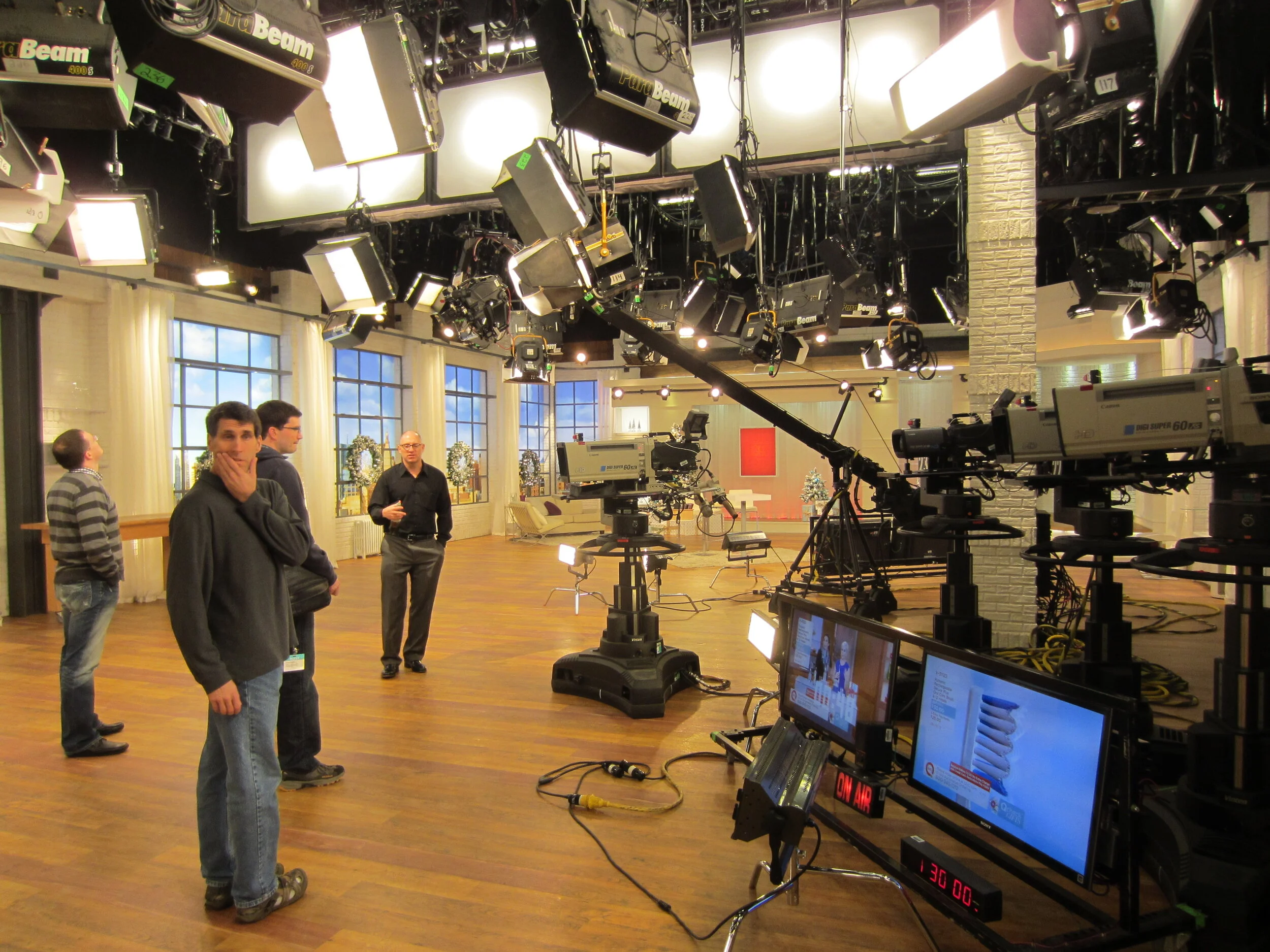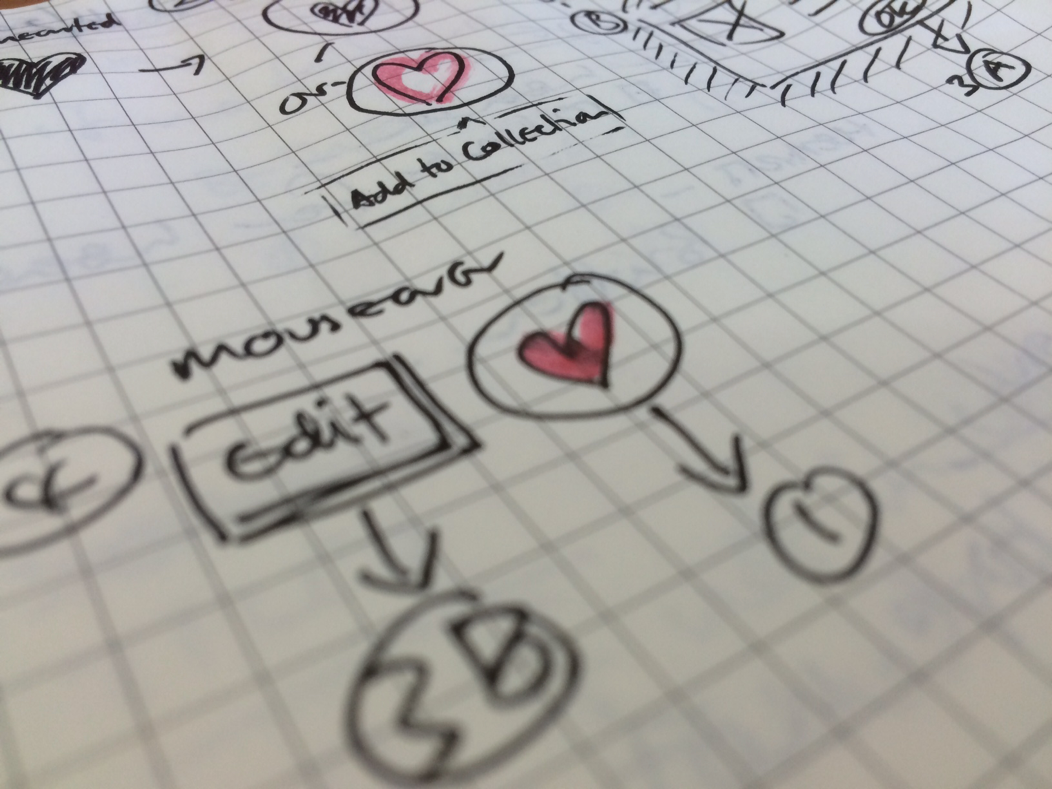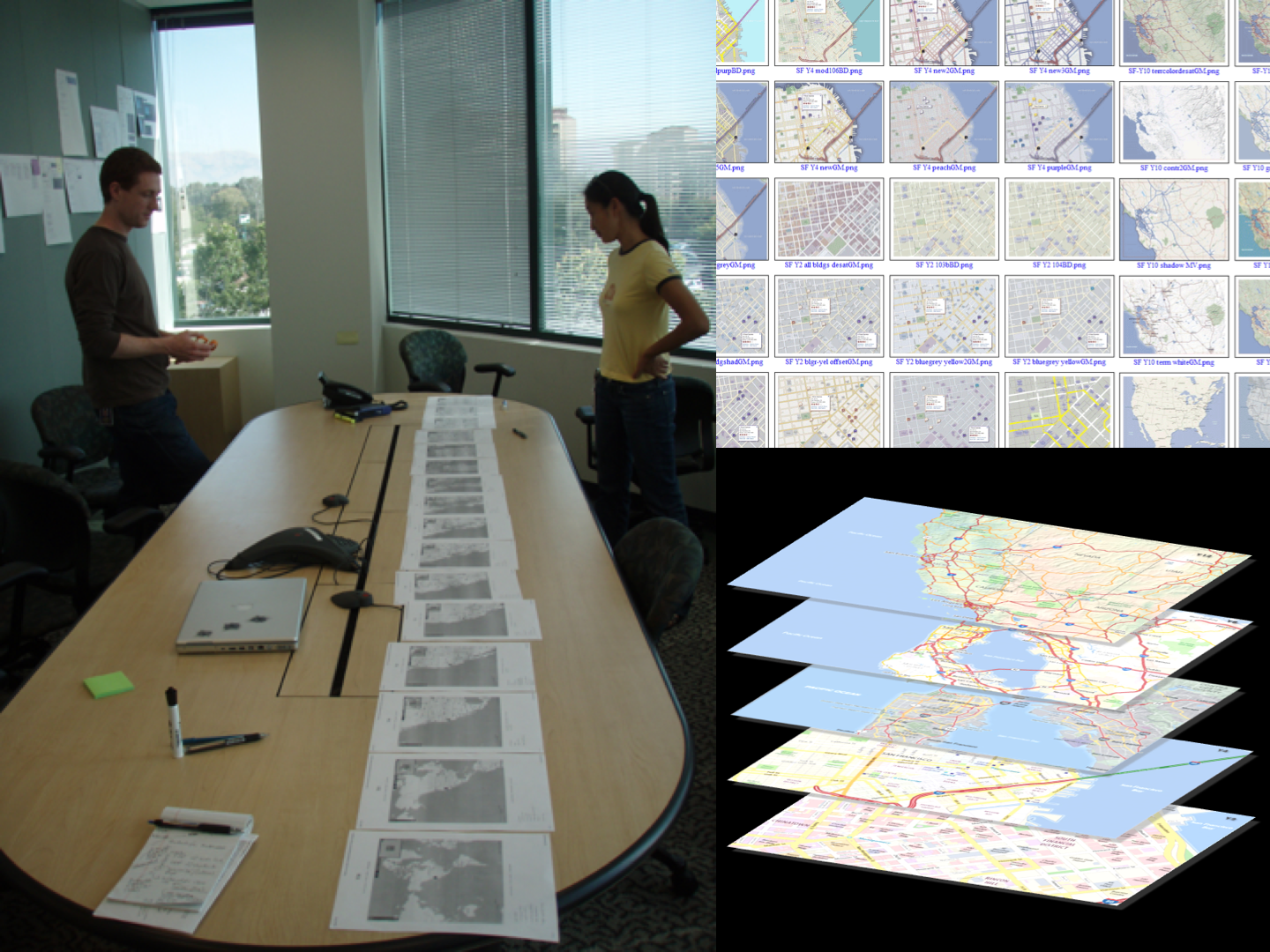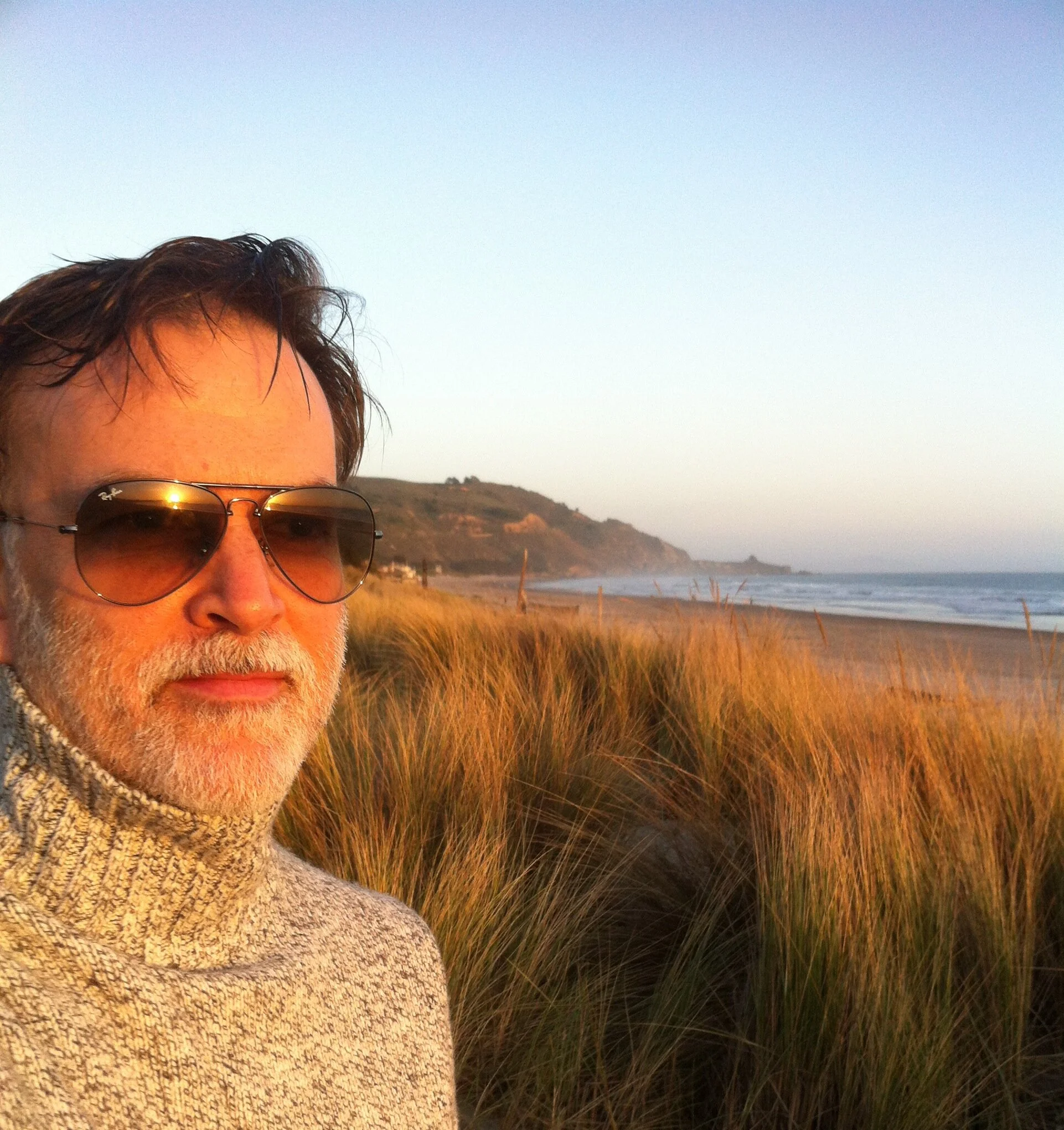
Making design work better
What I do
I am passionate about leading lean design teams that have big impact delivering products & services that meaningfully enhance people's lives. I believe that fostering a collaborative, inclusive and exploratory culture produces the most effective and fulfilling work.
Design strategy
Central to design strategy is identifying the right problem and asking the right questions. Is this a real-world problem? For whom? How will our solution be compellingly differentiated?
Creativity & collaboration
I’ve led design initiatives for a wide variety of projects from concept ideation through to launch by ensuring the deep cross-functional collaboration that is necessary for developing great ideas as well as their successful execution.
Team development
I derive immense satisfaction from building, leading and mentoring diverse UX/product teams to help people grow and realize their full potential.
Sample projects

FEATURED PROJECT/Creating an AI/ML augmented telehealth experience
Company & role: Curai Health (early-stage startup) - Design Principal
As the sole designer on staff I was responsible for all the design and user research work for both the patient and doctor-facing experiences as well as directing external design consultants for branding projects. I collaborated closely with doctors, ML researchers, clinical informaticists, product and engineering to ensure the user experiences incorporated truly assistive ML capabilities that enhance the patient-doctor telehealth visits while providing feedback loops for the platform to learn. Evolved the UX from desktop-only internal prototype with no users to a fully operational mobile app-based telemedicine service that provides treatment to real patients every day.
The healthcare challenge
Millions of people across the US and worldwide lack the basic human right of adequate access to quality healthcare. Curai Health aims to solve this problem by developing an AI/ML platform and tools that can ease the burden on doctors and nurses and enable healthcare systems to dramatically scale the number of patients that can be served.
Designing for humans & ML
Central to the development of the AI/ML platform is learning from the decisions and behaviors of the (human) health care providers when treating patients within the Curai Health service. My core design goal, and challenge, was to ensure that the AI/ML assistive tools not only made sense in isolation, but more importantly, fit within the practical workflow of real telehealth treatment.
Innovative & safe
I collaborated with the team to develop a UX for more naturalistic ‘narrative charting’ that reallocates the doctor’s time from medical charting back to thinking about and communicating with the patient case in front of them. Feedback from doctors throughout the development cycle from wireframes to functional prototypes ensured that the UX deployed to production would facilitate provider-patient interactions that are more efficient, satisfying and, of course, safe.
PROJECT/Extending the experience beyond TV
Company & role: QVC - Director of UX & Product Management
As the first designer at Oodle, a social marketplace startup, I established and grew the design practice. We were acquired by QVC and my role grew to encompass product management and customer care. While developing an experimental digital experience for QVC I also transformed the team culture and processes to be much more inclusive and collaborative, empowering all team members, regardless of function, to feel ownership in the project.
Understand the context
We were acquired by QVC to drive innovation in their digital platforms. None of us being QVC users, however, we first had to immerse ourselves in understanding QVC; behind-the-scenes studio tours, shadowing on-air training sessions, conducting user research and of course watching the shows. All helped us develop a real appreciation of this unique brand and its relationship to its users.
Extending the brand
We quickly recognized that there was a missed opportunity to engage the QVC audience beyond watching the live TV shows and create a more participatory brand. We conceived and developed an experimental online community platform where QVC show hosts and the audience could interact directly and share their enthusiasm for QVC products anytime, unbound from the constraints of the TV schedule. The new product quickly overtook the top ranked ‘social shopping’ offerings of both dedicated startups as well as those from big brands such as Target.
Integrate & influence
Informed by insights from both primary user research and product metrics we rapidly iterated the product to effectively integrate the new experience with QVC’s existing social media programs, web/app products and TV shows. My team also helped QVC radically overhaul their existing product development process and organization to adopt lean and agile methods and centralize design resources under a new role of VP of Design.
PROJECT/Cartography and the sense of place
Company & role: Yahoo! - Senior Director of UX Local/Maps/Events
I guided the UX team through a series of broader organizational upheavals at the company all the while retaining a strong sense of team mission and identity. Throughout we were able to maintain focus on solving real user needs through creative product ideation coupled with a variety of user research methods. The team became a strong partner with product management helping to develop the strategy and roadmap. One of the most interesting and fun projects was creating brand new cartography for Yahoo! Maps…
Learning from the past
To help differentiate the Yahoo! Maps brand in a very competitive landscape we wanted to develop distinctive, best-in-class cartography. We sought inspiration both from the best of contemporary digital cartography as well as from outstanding examples from the long and rich history of map-making. One theme we kept coming back to was how cartography can evoke a ‘sense of place’ via topography, landmarks, neighborhoods etc.
Designing the details
As with all design, a map is created through a series of intentional decisions: What is most important to show on the map and want not to show? How should this change at different zoom levels? At the same time, the underlying cartography also had to serve as a canvas for dynamic information layers that will arbitrarily be layered on top, such as navigation, traffic, local search results, geo-tagged photos and more. We spent many hours obsessing over not just roads etc but also minute cartographic details such as how to show shorelines, water texture or shaded relief.
Painting with data
It took a lot of iteration and experimentation to develop both the cartographic styles that we wanted as well as the engineering performance we needed in the final product. Comparative user research of the final cartography showed significant preference for the Yahoo! cartography over that of key competitors such as Google Maps. Another very satisfying outcome of this project was greatly enhancing the team’s cartographic knowledge and skills.
PROJECT/Professional networking through affinity groups
Company & role: Trimian (very early-stage startup) - VP of Design
I joined this small startup as their first designer and conducted user research in my first week that immediately and significantly altered the product vision and roadmap. With no real product yet, I focused on design sketching and simple, rapid prototyping to help the team clarify the product direction before moving on to more detailed, high fidelity design deliverables.
We’re social animals
People naturally find out about new opportunities and talent to fill roles by talking to people they already know. We also seem to be naturally inclined to trust people we perceive to be ‘like us’; who went to the same school, worked at the same company, live in the same neighborhood. But this can be limiting at both a personal and societal level - so how can we facilitate connections with people not ‘like us’?
Unseen connections
While LinkedIn was built on one-to-one connections, at Trimian the user starts by joining affinity groups - in particular school and company alumni. Within the Trimian experience users share professional opportunities with those in their affinity network without the need to establish 1-1 connections. We created a design structure that allowed users to not only explore job postings, but also mentoring possibilities and local meetups to try to have a well-rounded offering.
A network of networks
While sharing professional opportunities within an affinity network is a fairly natural behavior it was more challenging to design for connections and sharing between networks. These inter-network connections could greatly expand a given user’s opportunities, but we needed to craft the experience carefully to avoid the feeling that a network was being diluted, so we empowered inter-network connector users to act as ‘gatekeepers’ who could decide what was appropriate to get cross-posted into one of their other networks.
OTHER PROJECTS & ROLES
Director UX: led the Yahoo! Search UX team through the development and launch of completely new from-the-ground-up core web search product.
Design manager: built, grew and mentored UX team responsible for successful iterations of Yahoo! marketplace products (local, autos, classifieds, real estate, travel, careers).
VP UX: built and grew first design team for Oodle, Inc. delivering innovative social marketplace for Facebook.
UX Consultant: design strategy and user research for a diverse range of clients from early stage startups such as MyTime to established corporations including Apple, Kinkos, Sun Microsystems and Paramount Studios.
Sr Interaction Designer: design and user research for Documentum’s (now part of OpenText) enterprise knowledge management platform for Fortune 500 companies.
About me
Although most of my professional career has been leading teams designing digital products & services, some of my most memorable work experiences have been outside of tech: working on an archeological dig in Arizona; picking grapes in the Australian outback; teaching English in Japan. Experiences like these helped shape my design philosophy: to create a successful user experience it is critical to understand the real-world context of use. And don’t assume you know your users - they are always more interesting and complex than you first might think.
